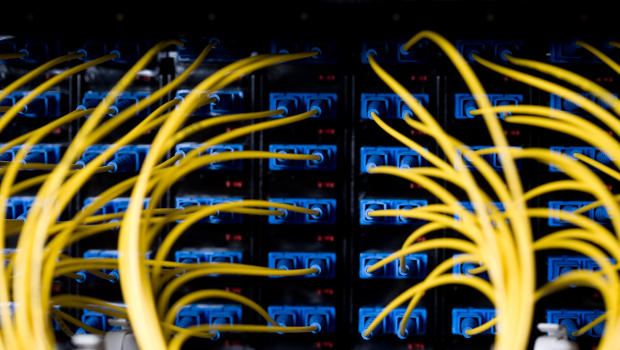Low Power Wireless Access takes off: Low Power Wireless Access (LPWA) is beginning to take off and spawn lots of new IoT applications. It’s an ideal solution for large-scale, low cost, geographically dispersed sensors with low data rate where long battery life/low energy consumption is needed. LoRaWAN is being used for a broad range of Enterprise use-cases and operators are looking forward to Narrow Band IoT (NB-IoT) to augment their mobile networks.
Meanwhile, Rowan Trollopewho is Cisco senior vice president and general manager, IoT and Applications says that in the next year, the Internet will connect to about 1.5 billion new “things,” and by 2020, over 20 billion devices will be online.
“In theory, every one of them will be able to connect to every other. The Internet was not created to handle this population explosion of data-generating devices. It won’t collapse suddenly, but it does need to change,” he wrote. A couple predictions from him include:
The “edge” of the Internet will become a huge growth market: Some IoT devices do have the potential to swamp existing networks. Cameras send a lot of real-time rich data. New jet engines are laden with sensors and generate 10 gigabits per second when running, terabits per flight. Cars also are now recording massive amounts of information. If there’s one part of the global IoT network that needs rapid upgrades to serve business, it’s the “edge,” the border between IoT devices and the computers on the Internet. The massive amounts of data being generated by the IoT need to be processed, reduced, and analysed before it hits the Internet. It’s a big opportunity.
Cellular carriers will win the bandwidth battle: The carriers’ next-generation “5G” wireless networks are being built today. They can support more connected devices at a time, and more importantly, 5G networks have lower latency, which is critical in automotive applications (so cars can communicate with each other and with road-side sensors and transmitters): When your device is moving at freeway speeds, high latency communications between two cars can be extremely problematical. The carriers will end up setting standards for (and profiting from) the growth of networked devices.
Finally, we have Macario Namie Head of IoT Strategy for Cisco Jasper. You may recall that Cisco purchased IoT platform vendor Jasper Technologies for $1.4 billion (€1.35 billion) in February. Namie said that Low Power Wide Area Networks will gain mainstream adoption in 2017.
“For years, cellular connectivity has been the primary transport for IoT due to its ubiquity, scalability and security. But as the number of services enabled by IoT devices continues to grow exponentially, many IoT applications have arisen that require long range and low-power capabilities. And this is where Low Power Wide Area Networks (LPWAN) come in. For the past few years, a number of different standards, technologies, operators and infrastructure vendors have emerged, Namie said.
Several technologies are vying to become the LPWAN of choice for enterprises and service providers. LoRaWAN, based on a specification from the LoRa Alliance industry group, is one of the frontrunners. Proprietary networks from companies such as SigFox and Ingenu are also pushing hard to play that role. Another LPWAN system, NB-IoT, looms over this fast-moving market because it’s based on LTE and could be implemented fairly easily on mobile operators’ networks. NB-IoT has just become a standard and is expected to hit the market in a big way next year. But one place NB-IoT won’t play is in enterprises, so LoRa technology may have a big future in businesses that build their own IoT infrastructure.
Namie also said that “High profile DDoS attacks such as those in late October helped to highlight the need for improved levels of security in IoT environments. 2017 will be the year where we see policy makers and governments step in to mandate IoT security guidelines across industries. In fact, the US Department of Homeland Security just issued its “Strategic Principles for Securing the Internet of Things (IoT)” document in November.
IDG News Service








Subscribers 0
Fans 0
Followers 0
Followers